Frequently asked questions
What is Sequoyah School’s educational philosophy?
School is a place that guides children to gain experiences and skills that help them pose meaningful questions about themselves, their relationships, their communities, and their world. It is a place where children can learn how to engage in the search for answers to those questions and should be encouraged through their questioning to always imagine what is possible.
We believe in a vision of school as a community in which children and adults interact, think, and learn together. This vision necessitates that we acknowledge that the seat of learning resides within the child herself. This vision of education enables us to expand our ideas of school to include crucial members of the community such as parents and other family members. Parent involvement is critical to student success. Active parent involvement in schools can close the social and cultural gap between school and home, make children’s experiences in school more relevant to their lives, increase school accountability, and create a more diverse group of adults with whom children interact.
How old must my child be in order to apply to Kindergarten?
Children should be 5 years old prior to September 1.
What are the immunization requirements?
The State of California requires that new students provide a copy of their immunization records from a health provider’s office. Students entering 7th grade must provide a copy of their updated vaccination records showing that they are up-to-date with their 7th grade shots before the start of the school year. Additionally, Sequoyah School has mandated that all employees and students age 12 and older be vaccinated for COVID-19. For information about the school’s current Health and Safety Protocols, please visit our COVID-19 information page.
What is social emotional learning at Sequoyah?
We believe that each learner brings unique life experience, motivation, and interests into the classroom. Attending school in a nurturing, supportive learning environment helps children develop strong social and emotional skills, self-confidence, and a positive attitude towards school.
How are students selected for admission?
We arrive at the decision to accept an applicant after carefully considering each application file and selecting students for each grade level who, in our estimation, would best complement one another and our returning students. Sequoyah School does not discriminate on the basis of race, color, national or ethnic origin, gender, gender identity, or family structure in the administration of its educational, personnel or admissions policies, financial aid programs, or other school-administered programs.
Do you accept applications for all grades?
Sequoyah’s regular entry points are Kindergarten and 9th grade. Each fall we accept approximately 28 students for Kindergarten and approximately 45-50 9th graders. We welcome applications for all other grades 1-8 and 10-12, which are considered on a space available basis.
What is the process for placing applicants in the waitpool?
We place candidates in the waitpool who could be a good fit but for whom we do not currently have any openings. Our waitpool is not ranked. If we have the opportunity to go to the waitpool, we will select a student whom we consider the best fit at that time. In addition to the academic and social profile of each applicant, we consider the class as a whole and attempt to balance gender and determine the best combination of different skills and traits that students add to the class.
What is the Indexed Tuition program?
At Sequoyah, diversity, including socioeconomic diversity, is a core educational value. We dedicate a significant portion of operating revenue to support Indexed Tuition, with 30 to 40 percent of our families paying less than the maximum tuition level. Sequoyah’s Indexed Tuition program allows families to pay a tuition level based on financial means. We encourage families who have concerns about their ability to afford the top tuition to apply for Indexed Tuition. For admitted families who submit a complete application and meet the established criteria, we will set tuition based on their unique financial situation. Visit our tuition page for more information on the program and how to apply. Families that wish to apply for Indexed Tuition must do so during the application process.
What is a mixed-age class at Sequoyah’s K-8?
Grouping students in mixed-age classes supports social, emotional and academic growth by increasing social opportunities over the years and encouraging students to share learning with each other. Second-year students have a unique opportunity to benefit from leadership opportunities.
Students are placed into a classroom with consideration for their individual experiences, needs and learning goals and the social dynamic of the entire group. Teachers design a challenging academic environment for all students assigned to their classroom. Curricular material changes at least every other year. Through one-on-one and small group instruction, teachers assess progress, enabling first or second-year students to build skills appropriate for their grade level. Ensuring grade level alignment is the responsibility of classroom teachers and the director of curriculum.
At Sequoyah, the classrooms in the elementary and junior high are our mixed-age classes. The nine classes are: Bamboo Forest (K-1), Backyard (K-1), Burrow (1-2), Nest (2-3), Treehouse (3-4), Egret's Perch (3-4), Over There (5-6), Out Back (5-6), and Junior High (7-8). A student may spend one or two years in a particular classroom. View a sample K-1 schedule here and a Junior High schedule here.
How is a student's placement determined?
Leads, associate teachers, and specialists are all involved in placement conversations and work to create classes where students can find both academic and social peers. Gender diversity and racial diversity are considered when looking at the balance of the class. Parents may speak to their child's teacher about their class placement, however, final decisions are made by the school administration and communicated over the summer.
